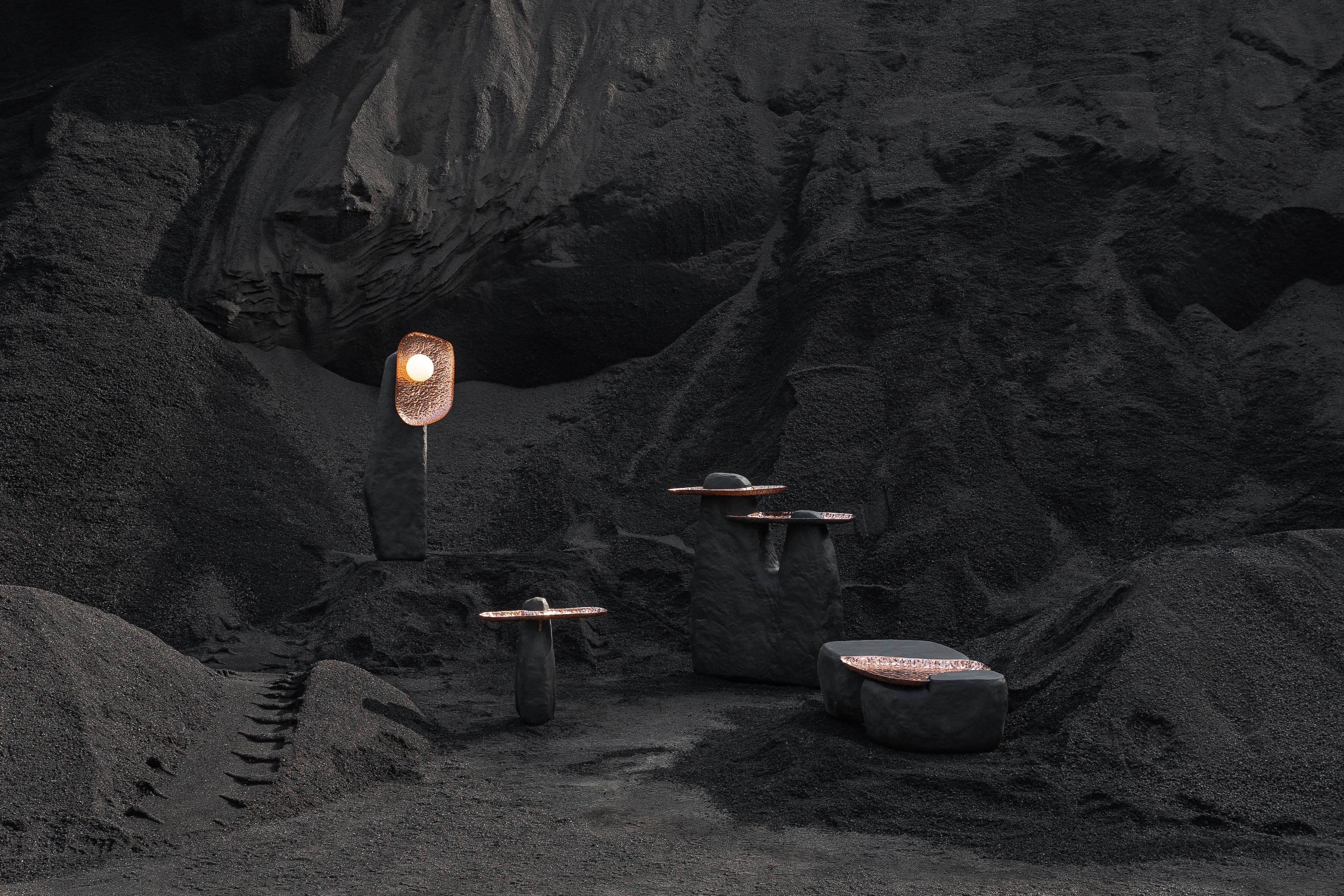1. Slag is a waste material from copper production. What led you to focus on slag specifically, and how did you approach its transformation into a viable binder for new building materials?
We first encountered slag unknowingly in the landscape, assuming it was some sort of natural volcanic material, in regions like Cornwall where we would go to surf, but also as kids growing up in industrial/mining regions (Paco in western Germany, Kevin in New Mexico, USA). While studying at the Royal College of Art, we had been working with a different mining waste stream—red mud.
Through that, we were introduced to scientists at the forefront of slag valorisation. This is when we formally understood the origins of this human-made rock, or synthetic lava. Working with these scientists opened the door to exploring slag as an alternative binder, which marked the start of our journey.
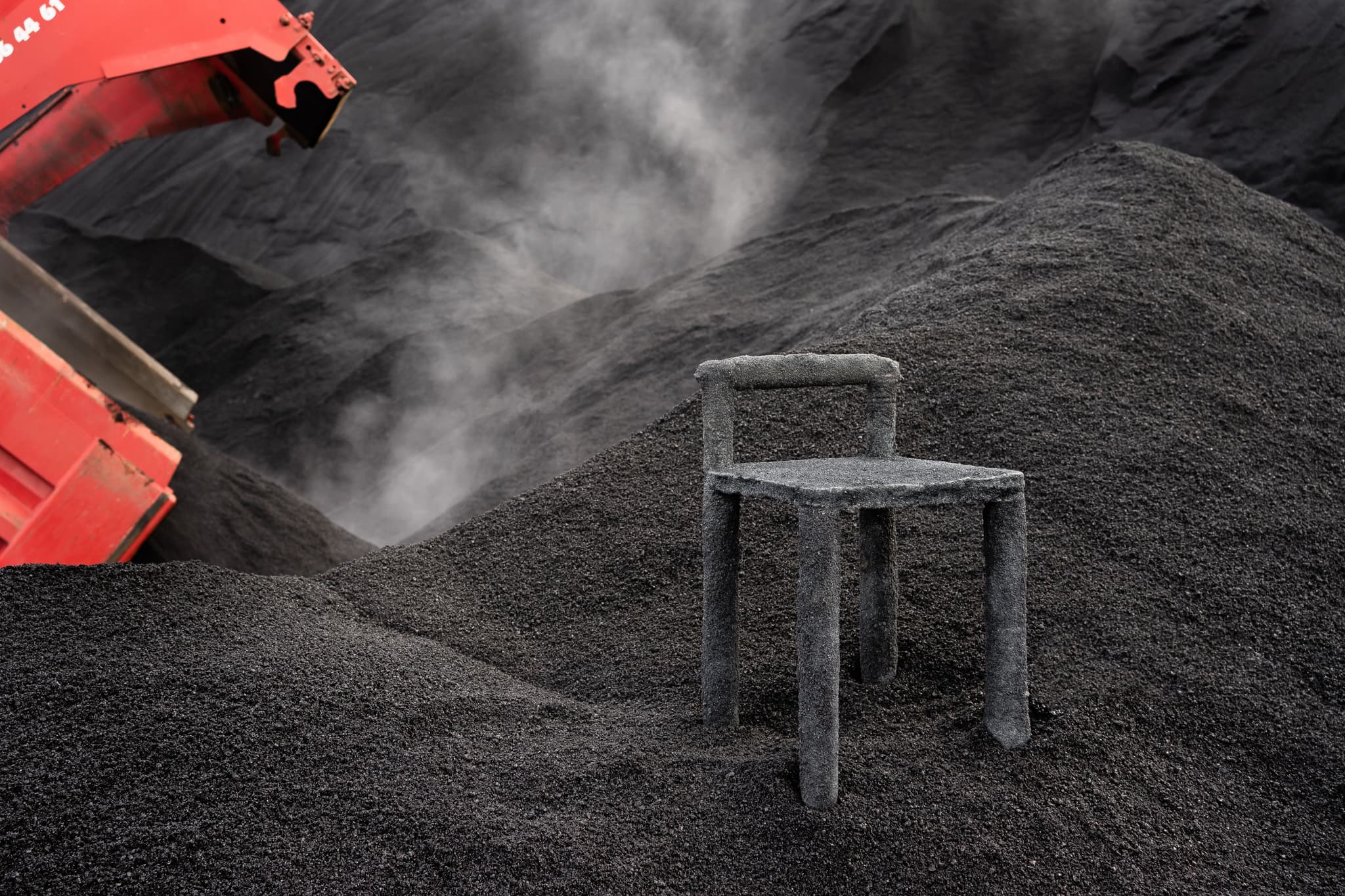
2. The 'Sparkly Black' chair, made from slag, was awarded the Wallpaper Design of the Year for material use. Could you elaborate on the design process behind this chair and how slag's properties influenced its form and function?*
The idea behind the chair was simple: we wanted to use the slag waste stream to its fullest extent and reveal the aesthetic language of the material. We prepared a mortar using slag from a metal recycler; typically, mortar consists of cement and sand, but we used powdered slag as the binder and granular slag as the sand. This mix was cast into a bed of slag sand, where we had shaped cavities to form the chair's negative. We waited, then unearthed a chair made entirely from and with the byproduct of metal production.
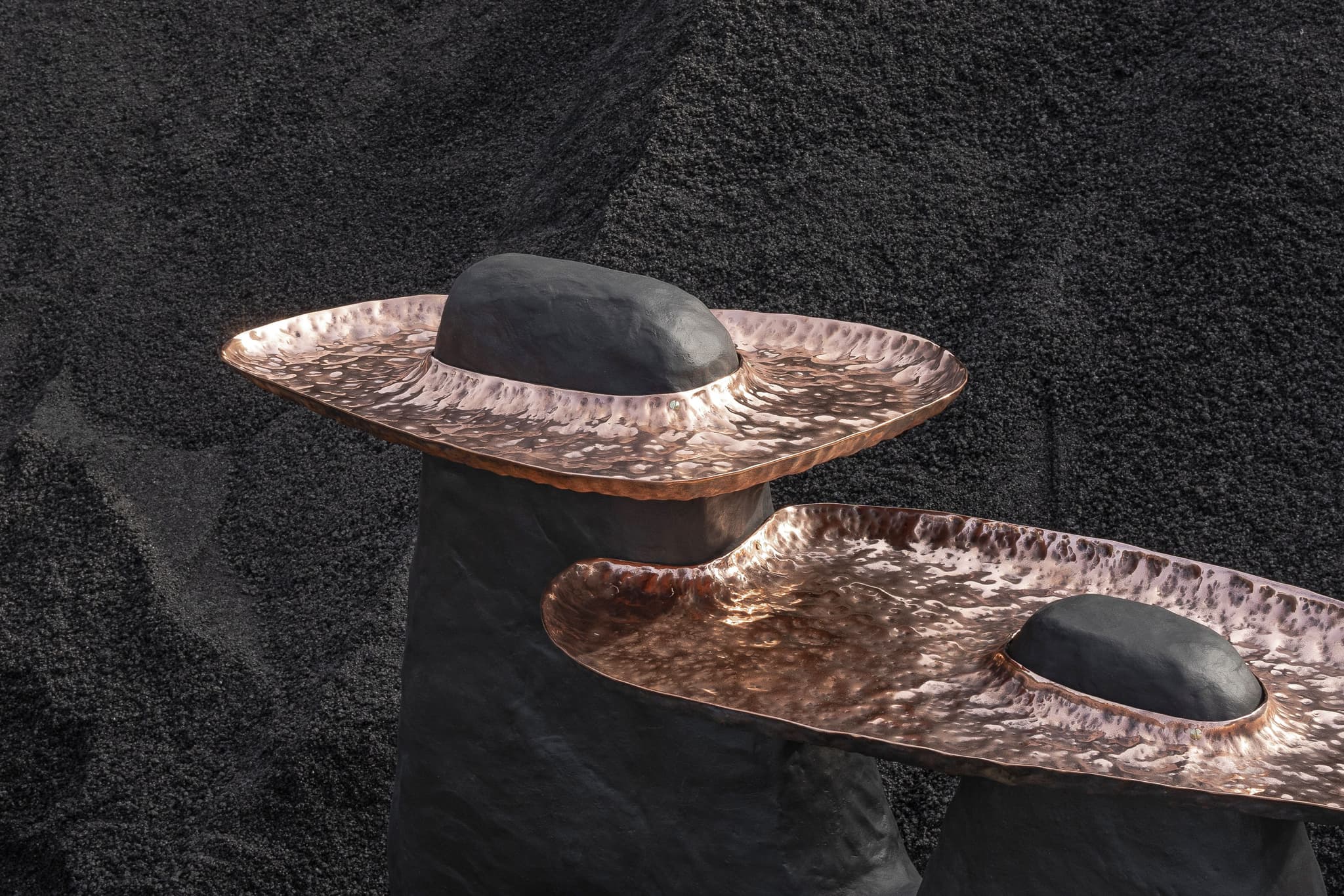
3. In terms of material performance, what challenges did you encounter when using slag as a binder, particularly regarding its structural integrity and suitability for furniture design?
Since we use slag as an alternative to cement/concrete, the challenges mirror those materials. However, we outmatch regular concrete in nearly every category: it's strong, durable, stable, and highly resistant to fire and chemicals. The main drawback is weight—not ideal for domestic furniture. However, it's exceptionally suited for public furniture, outdoor features, and architectural elements like flooring and functional surfaces.
4. The aesthetic qualities of slag, particularly its "sparkly" appearance, are central to the project. How do you see these unique visual characteristics influencing its use in architectural or design contexts beyond furniture?
Slag aesthetics vary by source: steel slag is white, copper slag is black. Some slags are glassy/sparkly, others matt, with compositions ranging in iron, calcium, or silica. Like lavastone, slag has natural variance. We can achieve deep black tones hard to replicate in concrete. When polished, it mimics natural stone. Think of it as an aesthetic between natural stone and concrete.

5. As you explore slag’s machinability and casting properties, do you see any future applications of this material for larger-scale architectural projects, such as facades or structural elements?
Absolutely. We're spinning out a new company to focus on producing large-scale architectural elements from our cement-free concretes. We're already producing flooring, functional surfaces, and facades for interiors, with exterior uses on the horizon. Structural applications are next—our alternative concrete already surpasses high-strength classifications, making it well-suited for the built environment.
6. One of the project's key goals is to foster industrial symbiosis. Can you explain how the collaboration with copper recycling facilities and other industry stakeholders has shaped the development of slag as a resource for design?
Most new material development involves a multi-stakeholder web: industrial groups, material processors, researchers, designers, manufacturers, and contractors. We align closely with industrial groups at the start of the chain. Our goal is to incentivize these groups to consider by-products like slag equally valuable. This could lead to tuned production that yields slag with optimal composition for reuse.
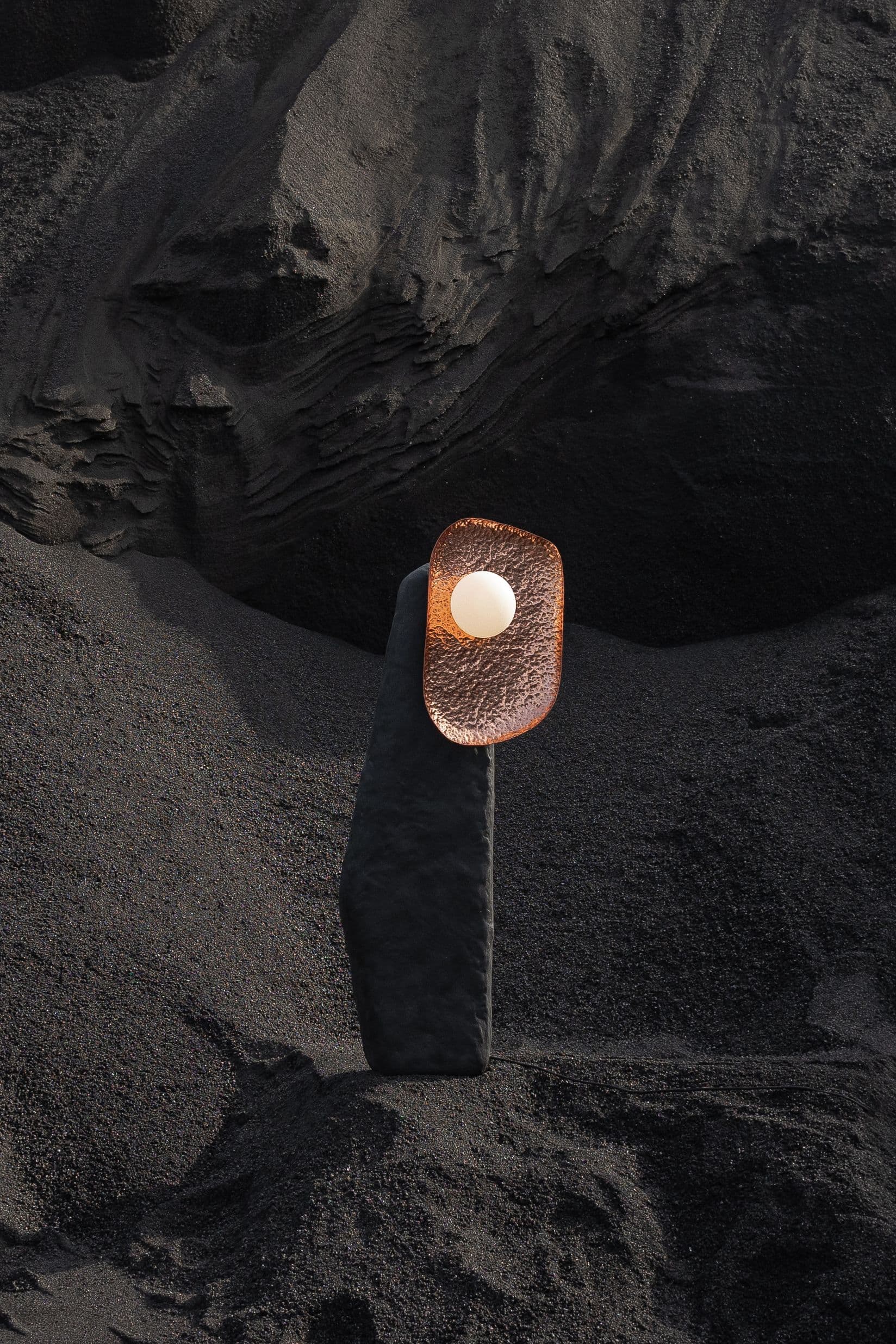
7. Given the challenges of reusing slag due to contamination, how do you ensure the material remains suitable for use in design applications, and what steps are involved in its purification or treatment process?
We focus on sourcing clean slag that is already processed by industrial groups through a fuming process that removes heavy metals. We collaborate only with producers who offer certified slags suitable for the built environment. The long-term goal is to create sufficient offtake incentives to encourage wider adoption of clean slag production.

8. Slag as a byproduct of copper recycling and smelting holds potential for multiple applications. Beyond the architectural use, do you envision slag being used in other industries, and if so, which ones?
Currently, slag sees minor use in infrastructure like roads and in sand blasting grit. It also shows promise as a containment material for waste in harsh or oceanic environments. However, we believe its most valuable role is within the built environment, where its unique properties can shine and upstream incentives can be created for broader change.
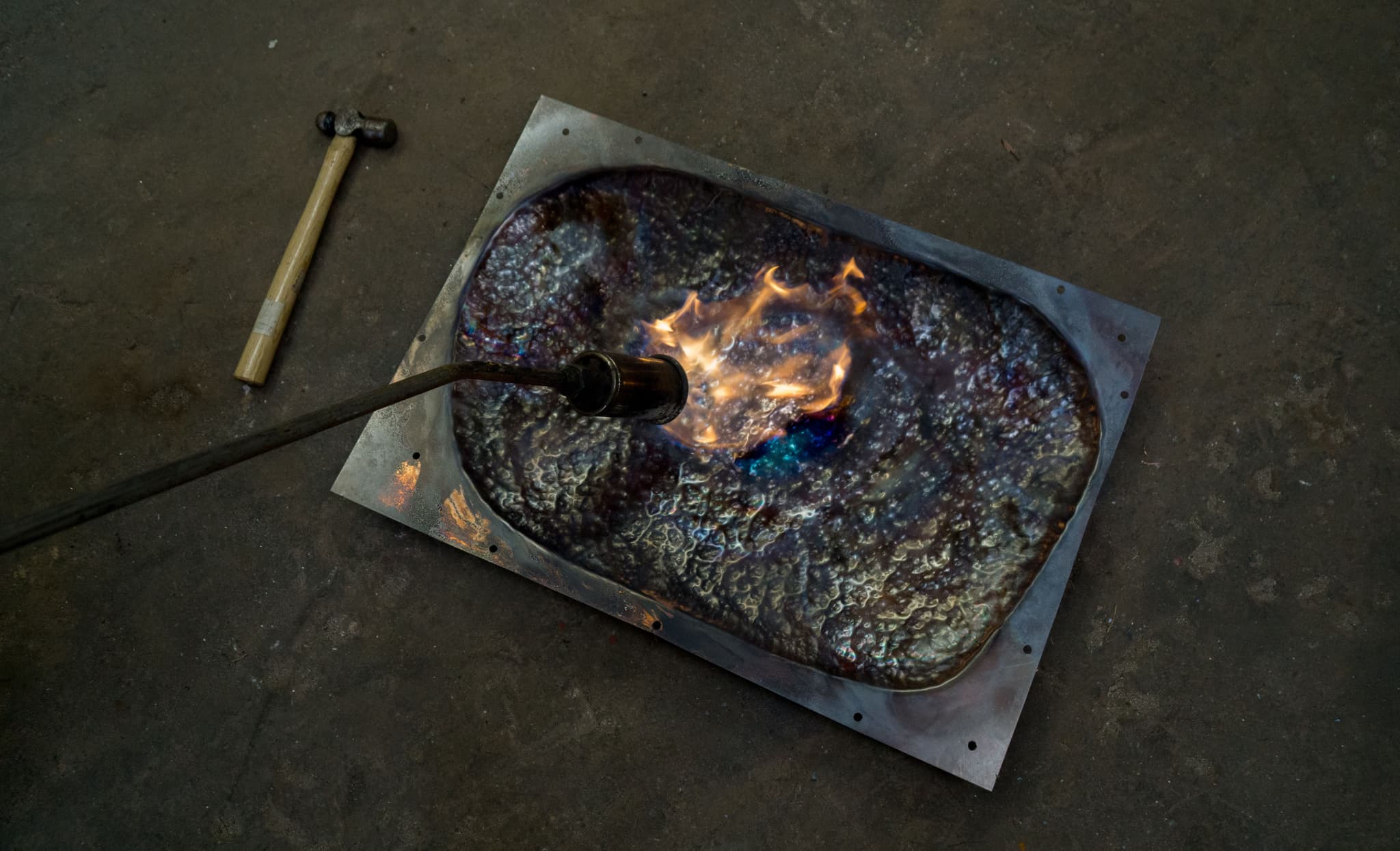
9. The project’s focus on slag challenges traditional perceptions of waste materials. How do you see this work influencing the broader design community’s approach to using industrial byproducts in sustainable practices?
Design and architecture understand sustainability, but the challenges have become hyperobjects (as Timothy Morton puts it)—too broad to grasp. The sector tends to rely on buzzwords like 'sustainable' without engaging stakeholders or understanding incentives. We believe designers must navigate between stakeholders, communicate effectively, and create solutions that are ecologically and economically sustainable. It’s not just about recycling waste—it’s about whether a specific byproduct, in a systemic context, can create value in another sector.
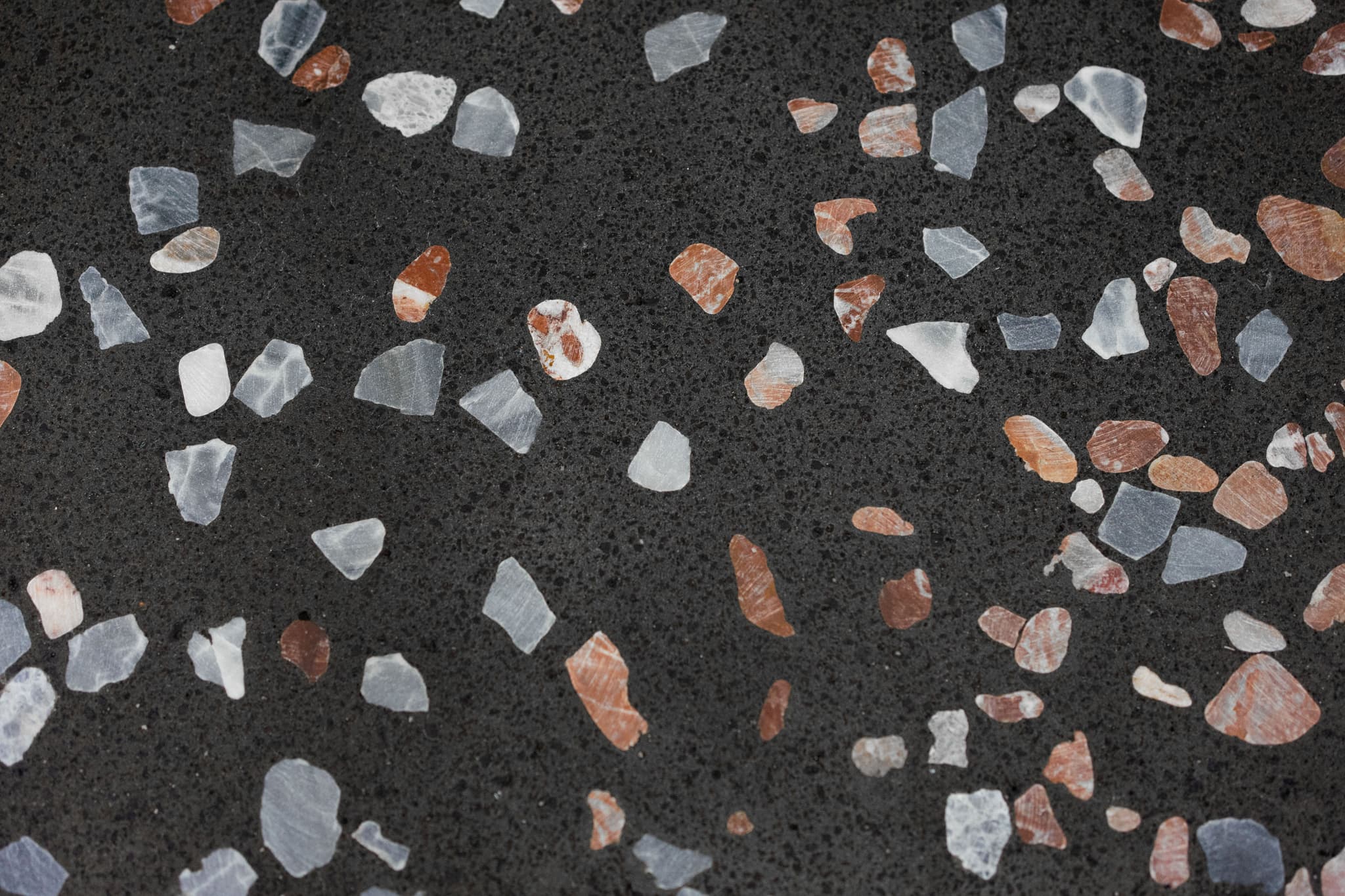
10. Looking forward, how do you see the potential for slag to evolve as a material? Are there further developments or iterations of this project that could expand its scope or impact within the construction and design industries?
Yes, we’re launching a startup alongside ThusThat focused on scaling cement-free concrete. Our material outperforms regular concrete in strength and footprint, and is cost-competitive. For now, we focus on precast elements, but plan to expand into structural and in-situ applications. Given that cement accounts for 8% of global carbon emissions, addressing this is critical. Industrial residues like slag could become a major solution, especially through our binder technology, which can adapt to a variety of other waste materials.
